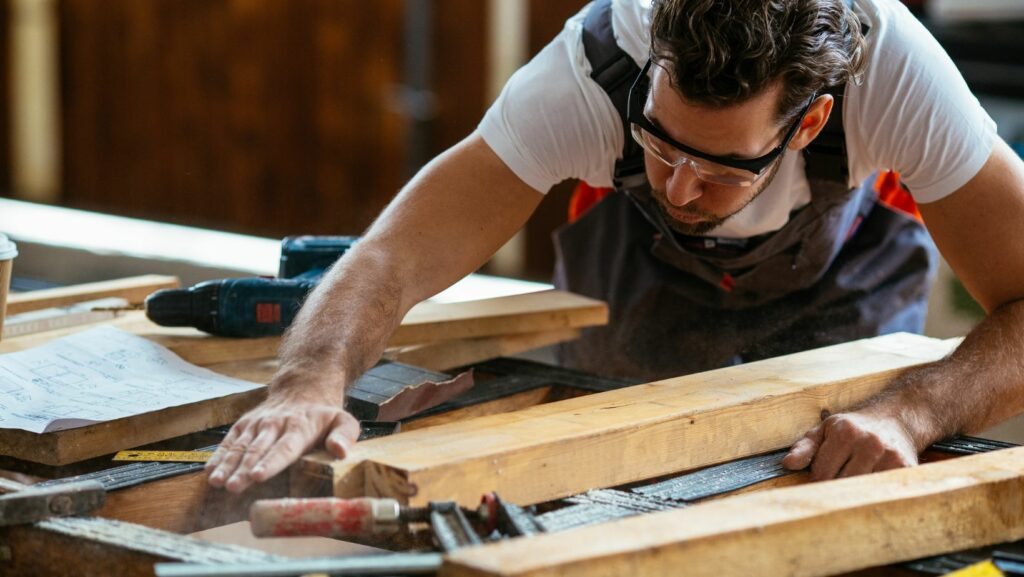
Masandaruba wood, a hidden gem in the world of architecture, is gaining recognition for its exceptional qualities and unique aesthetic appeal. As an expert in the field, I am excited to delve into the wonders of this extraordinary material and explore its various applications in the architectural realm. In this article, we will uncover the fascinating characteristics of masandaruba wood and discover how it has been ingeniously incorporated into stunning architectural designs. From its remarkable durability to its stunning natural beauty, masandaruba wood offers architects and designers a versatile and sustainable solution for creating awe-inspiring structures. Join me on this journey as we explore the captivating world of masandaruba wood in architecture.
With its rich history and remarkable properties, masandaruba wood has become a sought-after material for architects and designers worldwide. In this article, I will share my extensive knowledge and insights into the many advantages of utilizing masandaruba wood in architectural projects. From its incredible strength and resistance to decay, to its striking color variations and unique grain patterns, masandaruba wood offers a plethora of design possibilities. Whether it’s for cladding, flooring, or structural elements, this remarkable wood species has the potential to transform any architectural space into a masterpiece. Stay tuned as we uncover the endless possibilities and innovative techniques of incorporating masandaruba wood into architectural designs.
Masandaruba
Masandaruba wood is truly a remarkable material when it comes to architecture. Its unique characteristics make it a popular choice for innovative designs and structures. Let’s explore the key features of masandaruba wood:
1. Durability: Masandaruba wood is known for its exceptional durability, making it ideal for architectural applications. It is highly resistant to decay, insect attacks, and weathering, ensuring that structures made with this wood last for years to come.
2. Strength: One of the standout qualities of masandaruba wood is its impressive strength. It has a high density and is able to withstand heavy loads and pressure, making it suitable for various architectural elements such as beams, columns, and flooring.
3. Natural Beauty: Masandaruba wood boasts stunning natural beauty that adds an aesthetic appeal to any architectural design. Its warm, rich tones and distinct grain patterns create a visually pleasing and inviting atmosphere.
4. Color Variation: Another interesting aspect of masandaruba wood is its natural color variation. From light brown to reddish-brown hues, the wood offers a wide range of choices for architects and designers to work with, allowing for creativity in color schemes and visual effects.
5. Sustainability: In addition to its visual and structural qualities, masandaruba wood is also an eco-friendly choice for architectural projects. It is sourced from sustainable forests and its use helps in promoting responsible and sustainable practices in the construction industry.
6. Versatility: Masandaruba wood is highly versatile and can be used in a wide range of architectural applications. From interior finishes to exterior cladding, from furniture to decorative elements, this wood lends itself well to various design styles and construction methods.
7. Low Maintenance: Due to its durability and resistance to decay, masandaruba wood requires minimal maintenance. This makes it a cost-effective choice for architectural projects, as it saves both time and resources in the long run.
Masandaruba wood truly stands out in the field of architecture, offering a perfect blend of strength, durability, natural beauty, and sustainability. Architects and designers have endless opportunities to create innovative designs and structures with this versatile material. From traditional to contemporary, masandaruba wood adds a touch of elegance and sophistication to any architectural project.

Durability and Longevity
Masandaruba wood is renowned for its exceptional durability and longevity, making it an ideal choice for architectural projects. As an expert in the field, I have witnessed first-hand the incredible benefits that this wood can bring to a construction.
One of the key characteristics of masandaruba wood is its natural resistance to decay, rot, and insect infestations. This is due to its dense structure and high levels of natural oils, which serve as a protective barrier against the elements. With proper maintenance and care, structures made with masandaruba wood can stand the test of time, requiring minimal repairs or replacements.
In addition to its durability, masandaruba wood boasts impressive strength properties. It has a high density and a low shrinkage rate, which means it is highly resistant to warping, splitting, and cracking. This makes it an excellent choice for both interior and exterior applications, providing stability and reliability in any climate.
When it comes to architectural projects, longevity is of paramount importance. No one wants to invest time and resources into a design that will require constant repairs and replacements. That’s where masandaruba wood shines. Not only does it contribute to the longevity of structures, but it also adds a touch of elegance and sophistication with its natural beauty and color variation.
Masandaruba wood’s durability and longevity make it an exceptional choice for architects and designers seeking innovative designs and structures. Its natural resistance to decay and insects, combined with its strength and stability, ensures that projects made with this wood will stand the test of time. With masandaruba wood, architects and designers have endless opportunities to create stunning and sustainable architectural masterpieces.


